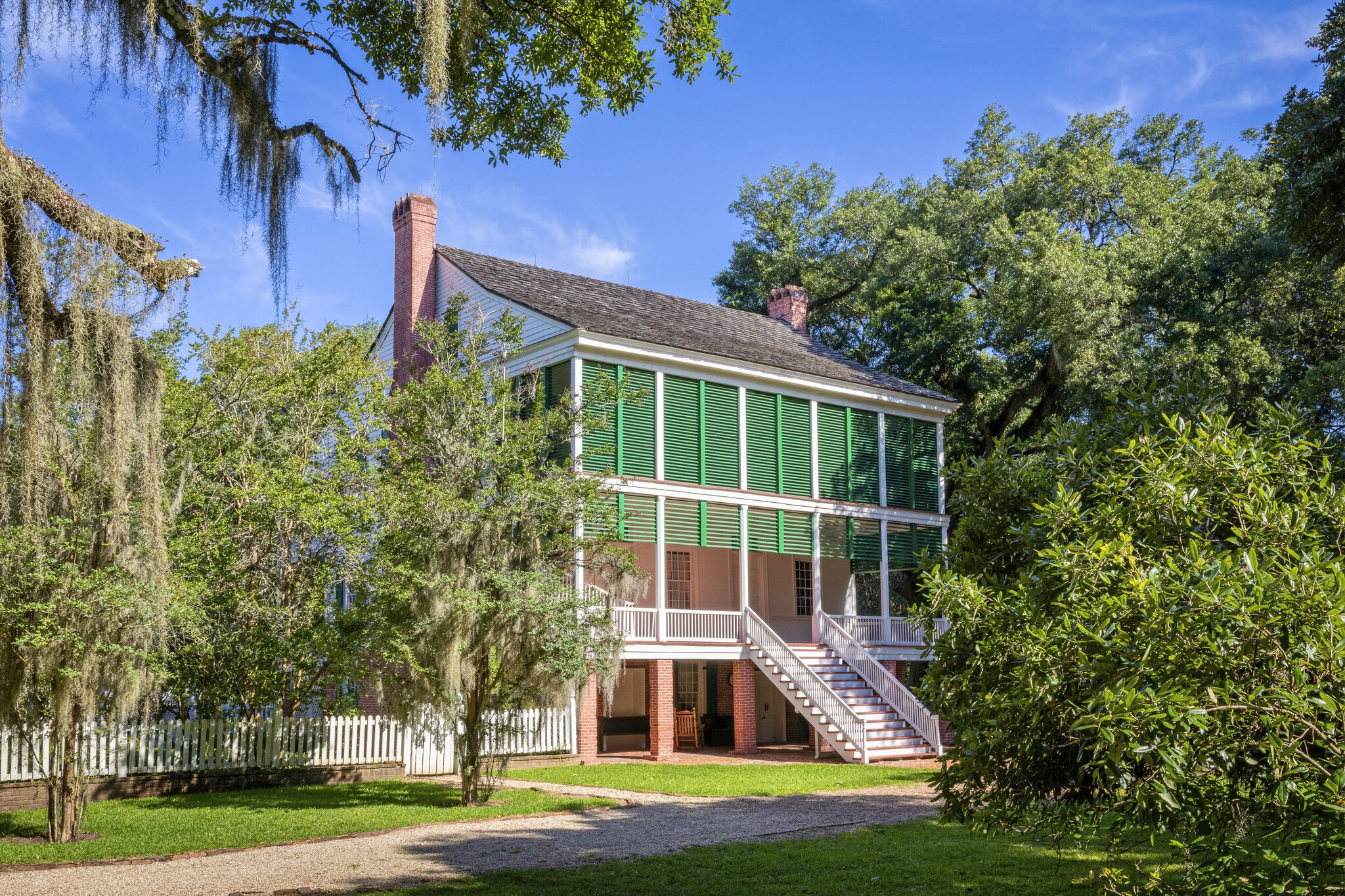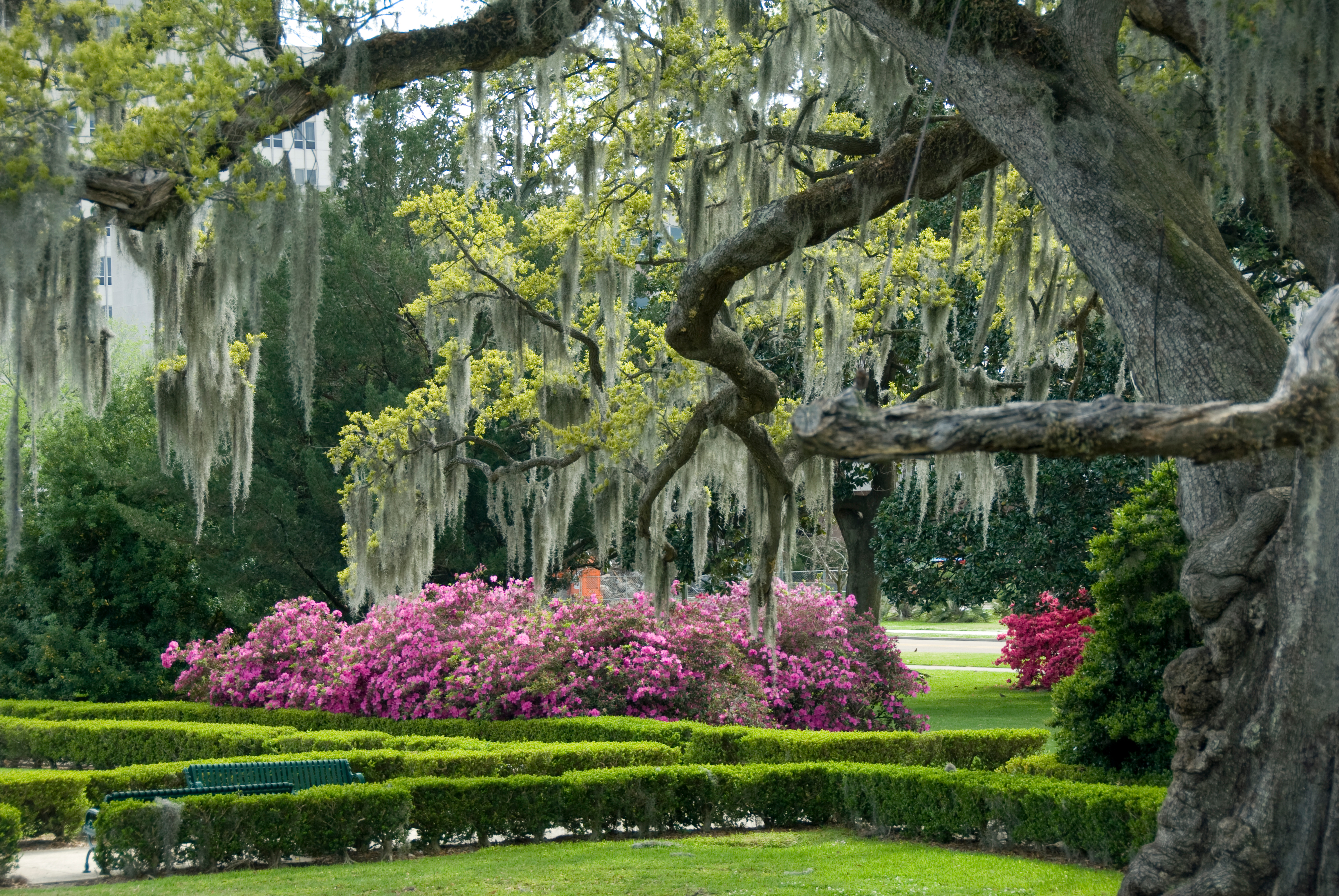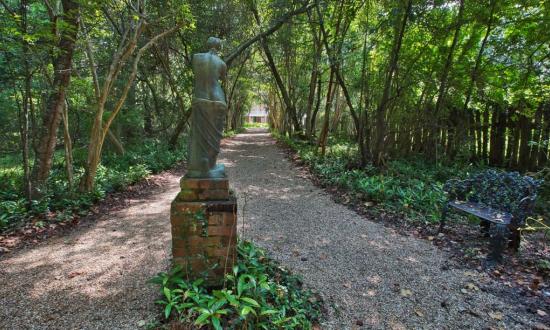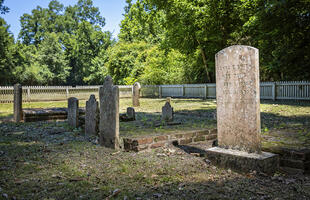
Audubon State Historic Site
See how the landscape and wildlife of St. Francisville's Oakley Plantation inspired one of America’s most famous naturalists, John James Audubon.
See how the landscape and wildlife of St. Francisville's Oakley Plantation inspired one of America’s most famous naturalists, John James Audubon.
“The rich magnolias covered with fragrant blossoms, the holly, the beech, the tall yellow poplar, the hilly ground and even the red clay, all excited my admiration. Such an entire change in the fall of nature in so short a time seems almost supernatural, and surrounded once more by numberless warblers and thrushes, I enjoyed the scene.”
– John James Audubon, upon his arrival at Oakley Plantation in 1821
History of the Audubon State Historic Site
Before John James Audubon became associated with the environmental organization, zoo, park, and aquarium and insectarium that bear his name, he was a wildlife painter with a keen eye for detail. Audubon’s ties to Louisiana date back to 1821, when he was hired to teach painting to the teenage daughter of St. Francisville plantation owners. He spent four months teaching and painting at the house known today as Oakley Plantation, creating 32 of the paintings that were eventually published in his bestselling “Birds of America.” The 100-acre Audubon State Historic Site commemorates the history of the home and, in particular, Audubon’s stay there.

Explore the 100-acre grounds.

Tour the Oakley House.

Discover enchanting trails.
About the Oakley House
Oakley Plantation was built in the early 19th century, in a simple yet sophisticated colonial architectural style with high ceilings spanning three stories, spacious verandas and entrances to landscaped grounds giving visitors a glimpse into the setting that inspired Audubon.
The house is bright and airy, with jalousie galleries (windows with horizontal slats) allowing cross-ventilation while keeping out rain and glare from the sun. The detached plantation kitchen was reconstructed on the old foundation and includes a weaving room and a work room. Two cabins that housed the plantation’s enslaved population are a short distance from the back of the house, and adjacent to the house are formal and kitchen gardens.
What to Do at the Audubon State Historic Site
Take a guided tour of the home’s 17 rooms, reconstructed kitchen, barn, gardens and slave quarters, all restored to the time period coinciding with Audubon’s residency. After your tour, stop in the gift shop for a souvenir, or listen to the sounds of nature that Audubon himself heard from the vantage point of one of Oakley’s picnic areas.
The site is still a bird-watcher’s paradise, home to red-bellied woodpeckers, blue jays, brown thrashers, cardinals and more. Follow one of the walking trails to enjoy the area’s peace and tranquility.
The Audubon State Historic Site hosts several events throughout the month, including history lectures, demonstrations and walking tours.
Other Things to Do in St. Francisville
Near the charming historic city of St. Francisville, explore Tunica Hills Wildlife Management Area for more birding, as well as hiking and horseback riding. To continue your journey through history and have a delicious meal, visit the famously haunted plantation The Myrtles and its Restaurant 1796.
Discover more things to do in St. Francisville.
Visiting Audubon State Historic Site
When is Audubon State Historic Site open?
Audubon State Historic Site is open daily from 9 a.m. to 5 p.m. The park is closed on Thanksgiving, Christmas and New Year’s Day.
How much does it cost to get into Audubon State Historic Site?
Admission to Audubon State Historic Site is $6 per person ages 7-61, $4 for seniors 62 and older, and free for children 6 and younger. Guided site tours are $10 per person ages 7-61, $8 for seniors 62 and older, and free for children 6 and younger.
Where is Audubon State Historic Site located?
Audubon State Historic Site is located at 11788 Highway 965 (LA 965) in St. Francisville.

